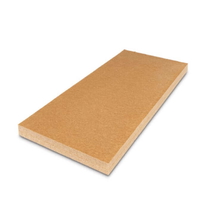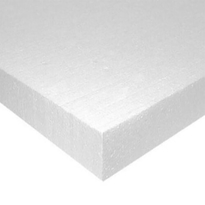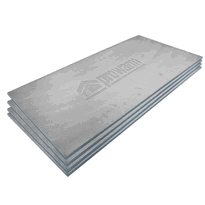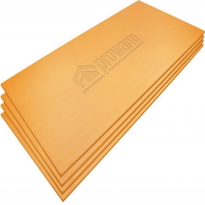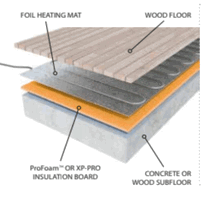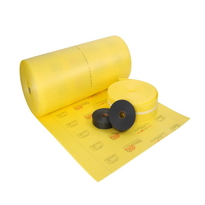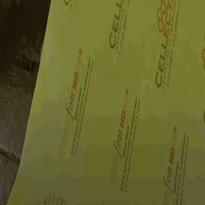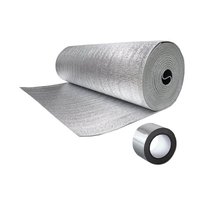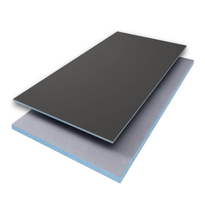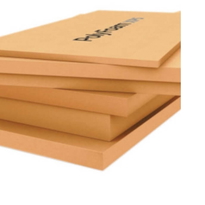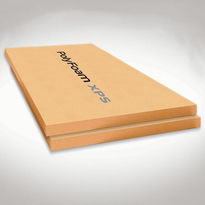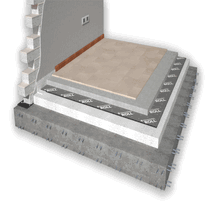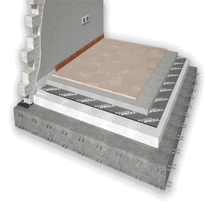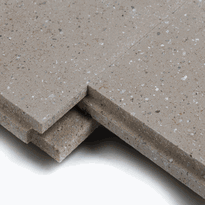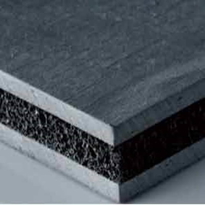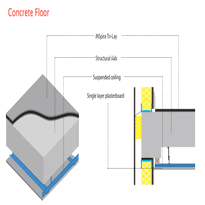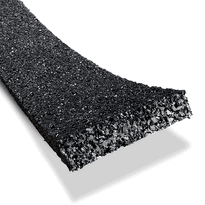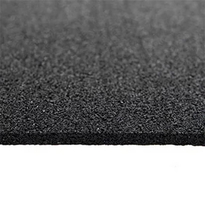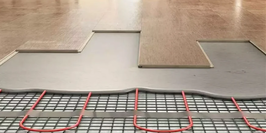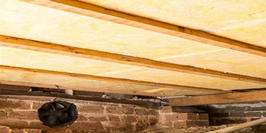Types of Insulation Materials for Solid Floors
There are several types of insulation materials specifically designed for solid floors, each offering distinct advantages based on their physical properties and installation methods. Rigid foam boards, such as polyisocyanurate (Polyiso), provide high thermal resistance with low K-values, often as low as 0.022 W/m²K per centimetre of thickness. They resist moisture effectively and can withstand compressive loads, making them suitable for installation beneath concrete slabs. [Rigid foam boards are also resistant to mold and pests, which enhances their longevity in building applications. Extruded polystyrene (XPS) foam offers excellent durability and moisture resistance. It provides strong support, especially in humid environments, and is suitable for use under concrete floors due to its compressive strength. Expanded polystyrene (EPS) is lighter and more affordable than other foam insulations. Its role is ideal in dry settings, although it has a lower compressive strength compared to XPS. EPS is often used in less load-bearing applications or where cost is a significant consideration. Fibreglass insulation, available as batts or rolls, is lightweight and easy to install. It's mainly suited for insulating suspended timber floors rather than solid concrete slabs, offering good thermal performance with simplicity of handling. Mineral wool insulation provides excellent fire resistance alongside thermal benefits. It also offers superior soundproofing qualities, making it a versatile choice for various floor insulation needs. When selecting insulation for solid floors, consider factors such as moisture exposure, load-bearing requirements, fire safety, and budget to choose the most appropriate material for your project.
Benefits of Installing Solid Floor Insulation
Installing solid floor insulation provides a range of tangible benefits that enhance both energy efficiency and overall comfort within your home.
By reducing heat loss through the floor, it helps create a warmer indoor environment while also lowering your energy bills—potentially saving you up to £155 annually in the UK. Specifically:
1. It can decrease heat loss by approximately 10-15%, resulting in a noticeably cosier living space.
2. It contributes to environmental sustainability by reducing CO2 emissions by around 455 kilograms each year.
3. It can boost your property’s value through improved energy performance, making your home more attractive to prospective buyers and tenants seeking sustainable living conditions.
These advantages not only make your home more comfortable and cost-effective but also support environmentally responsible living. Additionally, proper insulation can prevent cold bridging, which occurs when heat bypasses insulation and escapes through uninsulated parts of the floor, thus enhancing the overall thermal barrier.
With proper installation and the selection of suitable materials, solid floor insulation offers a durable solution that optimises energy use, enhances comfort, and promotes sustainability for years to come.
How Insulation Enhances Concrete Floor Performance
Insulation plays a crucial role in enhancing the performance of concrete floors by acting as an effective barrier to thermal transfer. By reducing the flow of heat through the floor, insulation helps maintain stable indoor temperatures, thereby improving overall energy efficiency. This decrease in heat loss leads to lower heating and cooling demands, which can significantly reduce energy bills and contribute to more sustainable building practices.
In addition to thermal benefits, insulation serves as a vital defence against moisture ingress. It helps protect the structural integrity of the floor by preventing dampness and related issues such as mould growth and material degradation. Importantly, high-quality insulation remains effective even when exposed to varying humidity levels, ensuring long-lasting performance.
Noise transmission through floors is also minimised with proper insulation, creating quieter indoor environments that enhance acoustic comfort. Furthermore, thermal insulation helps regulate indoor temperature fluctuations by preventing cold spots during colder months and limiting excessive heat gain in the summer. This consistent temperature control not only boosts comfort but also reduces the strain on heating, ventilation, and air conditioning (HVAC) systems.
Key Factors in Choosing the Right Insulation Solution
Choosing the appropriate insulation solution for a concrete floor requires careful consideration of several factors that directly impact performance, durability, and overall cost-effectiveness. Key aspects to evaluate include the thermal resistance, moisture resistance, and compressive strength of the insulation material.
1. Material Suitability: Polyisocyanurate (Polyiso) rigid boards offer excellent thermal resistance and moisture protection, making them highly suitable for below-slab insulation. Polyiso's high R-value per inch enhances energy efficiency.Conversely, extruded polystyrene (XPS) provides robust durability in environments with high moisture levels.
2. Installation Compatibility: Some insulation materials, such as spray foam, necessitate professional installation due to their technical application requirements. Others, like multilayered solutions, can be adaptable to restricted spaces or complex configurations.
3. Environmental Impact and Cost: It's important to balance the thermal performance of the insulation with environmental considerations, including material recyclability. Additionally, evaluating upfront costs alongside long-term benefits such as energy savings helps in making a cost-effective choice.
A thorough assessment ensures that the selected insulation offers optimal durability, thermal performance, and compatibility with the specific construction scenario.
Environmental and Economic Advantages of Floor Insulation
Due to the increasing emphasis on sustainability and cost efficiency in building practices, solid floor insulation offers substantial environmental and economic benefits that justify its implementation.
Environmentally, it reduces carbon dioxide emissions by up to 455 kg annually by decreasing heat loss and lowering energy consumption. Many insulation materials are produced from recycled or sustainable resources, further reducing environmental impact and helping to lower greenhouse gas emissions.
Economically, insulation can lead to annual savings of between £45 and £155 on energy bills. In the long term, it can also enhance property value and increase eligibility for government incentives.
Proper installation of insulation further reduces maintenance requirements by alleviating strain on heating systems.
These advantages support a more sustainable and cost-effective approach to building design, while also improving comfort and energy efficiency within homes and businesses.
Conclusion
Solid floor insulation enhances thermal efficiency, reduces energy costs, and increases comfort by minimizing heat transfer through concrete floors. Selecting suitable insulation materials requires careful consideration of factors such as environmental impact, cost, and compatibility with existing building structures. Proper installation is essential to ensure durability and optimal performance, thereby contributing to long-term savings and sustainability.
Understanding these core principles enables informed decision-making, facilitating effective insulation solutions that meet both practical and environmental standards. Emphasising quality workmanship and appropriate material choice will ensure the insulation performs effectively over time, helping to create a warmer, more energy-efficient UK home.


